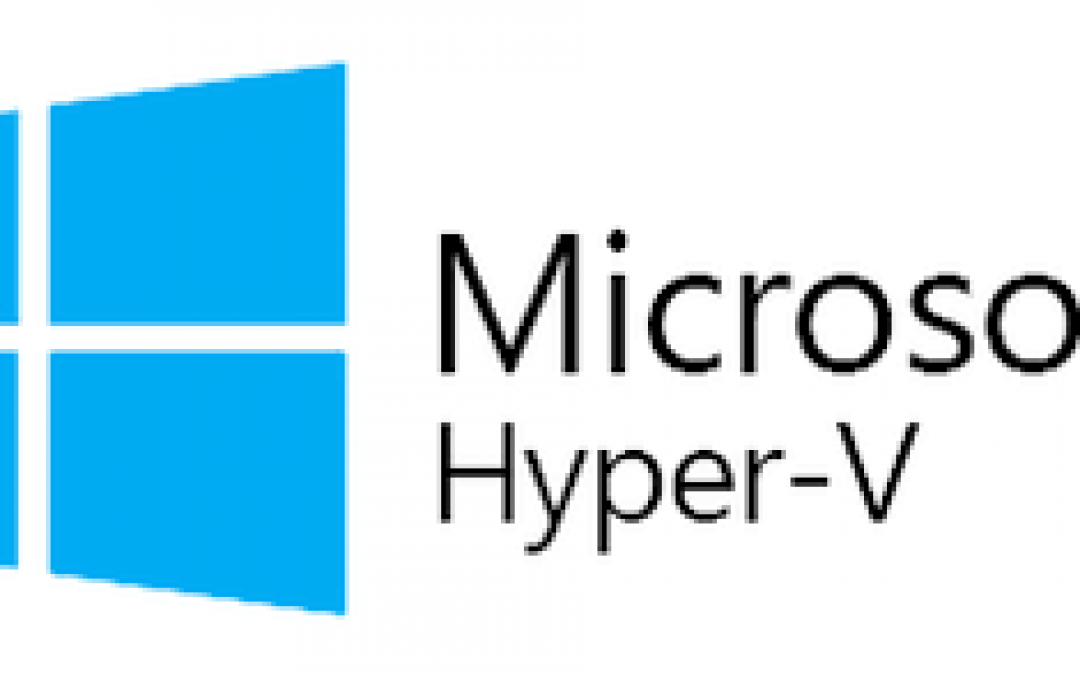Hyper-V / WS 2016 has been added to our ‘always online’ virtualization category. Compare it now! The first release of Hyper-V was provided with Windows Server 2008 a long time ago now, when dinosaurs were still roaming earth. Since the initial version of Hyper-V, Microsoft has improved and added a lot of new features to this hypervisor. When Microsoft released the initial version of Hyper-V, the gap was huge compared to VMware, the market leader at the time. But this year (in October 2016), Microsoft provided a new Hyper-V version with Windows Server 2016 and with that they’ve managed to significantly reduce this gap. Recent analysis pretty consistently shows Microsoft and VMware as the leaders of the hypervisor market with marginal differences.
Please note an updated article on this topic has also been posted here
Xenserver vs ESXi vs VMware vs Hyper-v
When I speak with customers, they know that Hyper-V and VMware are similar in term of features. Almost all my customers say the same thing: VMware is too expensive compared to Hyper-V. They are aware that Hyper-V provides almost the same features that VMware does. If something is missing it’s often not considered important enough to justify the higher price. An example is the hot-add vCPU which is not present in Hyper-V. But it is a good example of a less relevant feature because it is not really used day on a daily basis in VMware infrastructures (and sometimes a VM reboot is required in order for the application to take advantage of a new CPU. eg: SQL Server).
[A little heads-up: You can look forward to a feature that we’ll introduce to the WhatMatrix platform in Q1 next year – the ability to prioritise features according to a “use case” (“this feature is important for my deployment … but I don’t really care about ‘that’ etc …” ) and have scores and recommendations based on your priorities and preferences!] Another customer argument is the ecosystem. Today they are looking for more than a hypervisor. They want a Software-Defined Storage, Software-Defined Networking, a trusted Cloud Provider, hybrid cloud, and management solution such as automation, monitoring, log analytics and backup. Microsoft has each of these solutions with System Center, Microsoft Azure (Azure Stack soon) and Windows Server 2016. If you look at these aspects Microsoft has one of the strongest ecosystems and only Microsoft can provide some or all of these services. If I compare this with VMware for example, they have to partner with Amazon or IBM to provide the Public Cloud portion. Don’t get me wrongm Hyper-V is not “perfect”, neither is VMware. Both have strength and weakness.
In my view, Hyper-V’s main weakness today is the graphical interface. Microsoft must make a huge effort to improve the GUI. Seriously, the interface scares me and when I’m working with it (every day) I imagine myself back in the 90’s. If Microsoft provides a user-friendly Web-Based interface, Hyper-V will become more common in Datacenters. Also bear in mind that all the configuration and the maintenance tasks can be automated thanks to PowerShell! Don’t be afraid to use Hyper-V: I have deployed many production workloads thanks to this hypervisor. This is a reliable solution based on failover clustering. Hyper-V 2016 is a great new release and deserves to be considered and deployed! Have fun with your future Hyper-V deployment J
Romain Serre – WhatMatrix Consultant (Microsoft)
PS Check back here regularly for updates to our comparison and blog topics – reach out to us with feedback, suggestions or if you want collaborate in any way with us!
For an updated view on XenServer Free see https://www.whatmatrix.com/portal/xenserver-7-3-whats-new-stays-free/

Romain Serre

Latest posts by Romain Serre (see all)
- ESXi vs Hyper-V in 2019 is the hypervisor war over? - August 27, 2019
- Microsoft Storage Spaces Direct (S2D) – how does it compare?? - February 14, 2017
- What virtualization to pick – MS Hyper-V 2016, XenServer or VMware vSPhere 6x, or … ? - December 14, 2016






